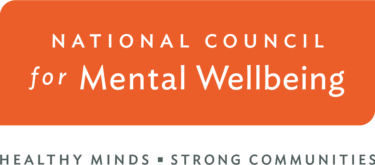Secondary Prevention Organizations
These organizations and grassroots efforts provide secondary prevention services, which focus on reducing risks associated with certain behaviors (such as substance use or other high-risk activities) without requiring full abstinence.
Secondary prevention organizations take a practical, supportive approach to care, aiming to “meet participants where they are,” while offering resources to improve health and safety. This often involves low-barrier care, outreach to impacted communities and welcoming participants regardless of their readiness or capacity to change specific behaviors.
Webinars
- Emerging Practices in Xylazine Wound Care (June 2023)
- Tranq/Xylazine Overdose Response Training (May 2023)
